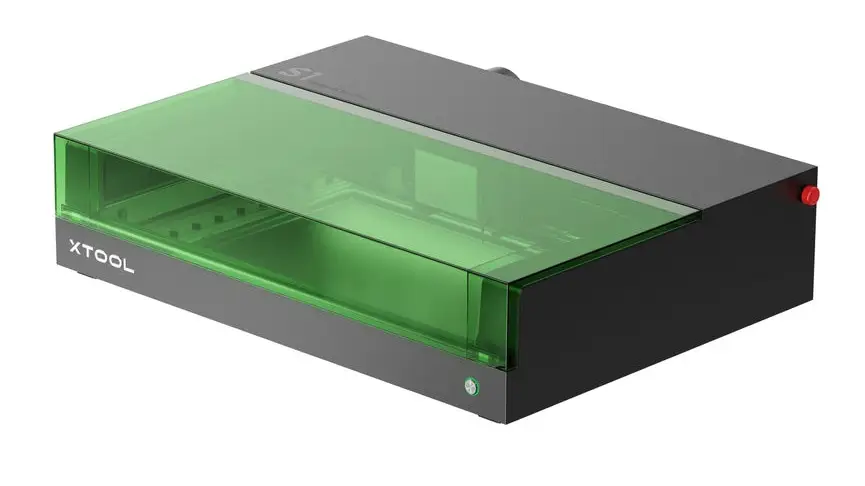
How does a laser-engraver work?
A laser engraver works by using a focused beam of light (the laser) to mark, burn, or cut into a material.
The Laser Source
The engraver has a laser tube or diode that generates a high-intensity beam of light.
Common types:
CO₂ lasers (great for wood, acrylic, leather, glass, etc.)
Diode lasers (good for wood, leather, some metals with coatings)
Fibre lasers (best for engraving metals directly).
Focusing the Beam
Mirrors and/or lenses guide and focus the laser beam to a tiny point.
This point can be as small as a fraction of a millimetre, concentrating the light’s energy.
Material Interaction
The focused laser heats the material at that point very quickly.
Depending on settings:
Engraving: vaporizes or burns just the surface, creating marks or patterns.
Cutting: the beam fully passes through the material.
Etching/marking: changes the surface colour or texture without deep cuts.
Ventilation
Because engraving produces smoke, fumes, and debris, most machines use an exhaust system to pull fumes away and keep the laser lens clean.
